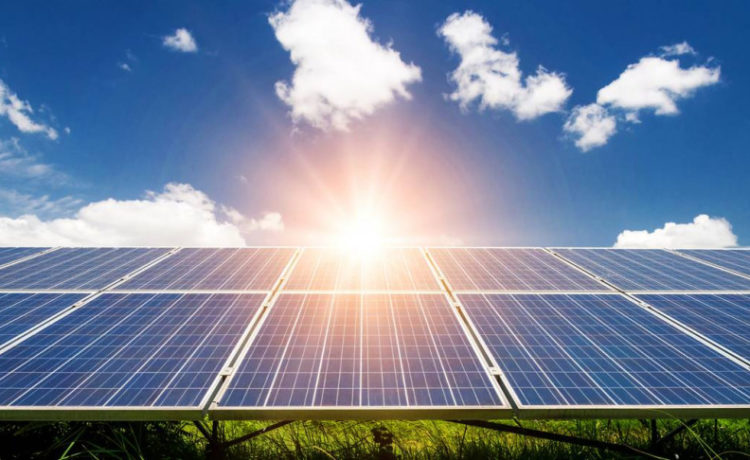A solar panel can be called a device that helps in conducting and converting solar energy into electricity. It does this by using the process of excitation of electrons using charged energy particles called photons. A solar panel is suitable for both domestic and commercial purposes. It helps in cutting down electricity bills and is also renewable and non-toxic. Solar panels are used in calculators, watches, and even remote sensors.
Solar Panels can be widely seen in an off-grid location that remote places and electricity can’t be reached, like cabinets and mobile homes. Environments are the most damaged by the human population and their malicious uses, but solar energy is immaculate and renewable. Once set up, solar panels prove worthy of all the money you have spent.
Read this to find the basic working of a solar panel and how it can help in cutting down Houston electricity rates.
Work mechanism of solar panel.
- The system solar panel compiles clean, renewable energy that is sunlight which is later converted into electricity and is later used in electrical appliances.
- Solar cells are composed of elements like silicon, boron, and phosphorus. The electropositive component in this is boron, while the electronegative part is phosphorus.
- After the sun falls on this panel, an excitation reaction causes the production of electricity. This energy from excited photons is responsible for electricity production. The solar panel becomes an excitation zone where photons are fired, and the panels utilize it as a driving point for electricity production.
- Photons waiver energy, and while doing that, the photons knock out the electron in the atomic orbit that is on the surface of the solar panel. Later, electrons are pulled into a directional current. Photovoltaic energy is produced after doping silicon with other elements and materials, which help the surface plates get positive as well as negative charges.
- Once the photon hits an electron, it causes a reaction that starts the production of electric current. The process of creating a charge difference and using it for current flow is called the photovoltaic effect.
Places to install and how to get maximum benefit
- Solar panels are set on the rooftop because it comes in easier contact to the Sun and is easily accessible. Enough solar energy can be produced to cater to all the needs of the solar electric system.
- If you have a nicely built solar panel grid that connects the configuration, enough solar energy can be produced in the day and stored for night use.
- You can install Net Metering that helps you to allocate the usage. It tells you much solar energy is needed for your home or commercial buildings.
- In off-grid configuration the solar panel delivers direct current to the battery bank, inverter, or charger, which later on converts into an alternating current that can be used in appliances that are not direct current infused.
- The AC current released by solar energy produced can be used in homes or commercial buildings, recreational vehicles and boats, remote cabins, or homes, remote traffic controls, telecommunications equipment, oil and gas flow monitoring, and much more.









